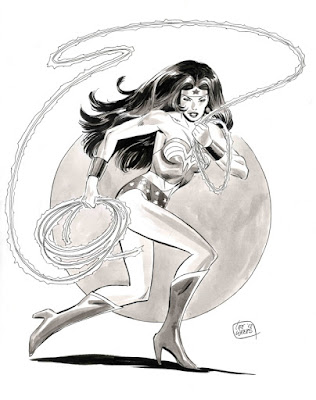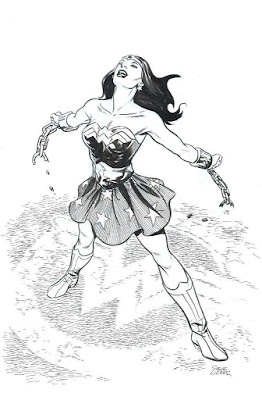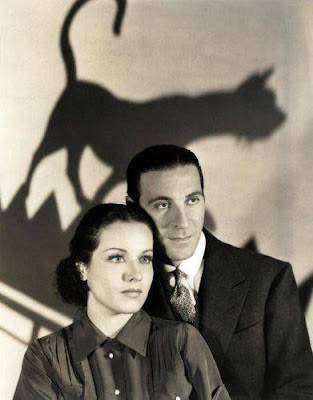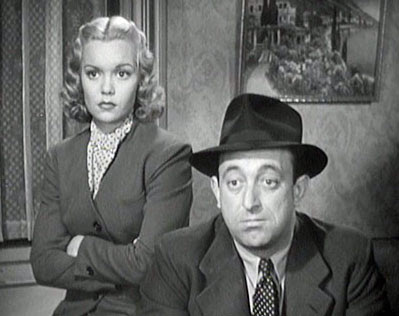Betty Boop and Grampy (1935)
Starring: Mae Questal (Voice of Betty Boop)
Director: Dave Fleischer & Dave Tendlar
Rating: Seven of Ten Stars
Betty and the Gang are invited to party at Grampy's house... and, BOY!, do they party!
"Betty Boop and Grampy" stars a Betty in the process of transitioning from her wild flapper days to a homemaker. Betty still favors the short skirts, but they aren't as short as they used to be... and instead of visiting Crazy Town with her boyfriend, or going to see the Old Man of the Mountain against everyone's advice, she's happily doing domestic chores around her happy home. Still, there's more than just a little spunk and wildness left in Betty, so when she gets in invitation to come to Grampy's house for a party, she picks up four total strangers while crossing town (including a fireman and a police officer) and invites them along.
Grampy, a bald, white-bearded inventor of weird gadgets with a talent for jury-rigging devices on the spot that puts MacGyver to shame, joins Betty Boop's supporting cast with this installment. With Fleischer having to tone down the more mature aspects of their popular "Betty Boop" cartoons, they were trying different things and wacky Grampy was one of them.
"Betty Boop and Grampy" is an entertaining bit of nonsense. It's got excellent music (starting with the "Betty Boop Theme", which Betty hums while tending to household chores; continuing through "Over at Grampy's House", which is sung by Betty and the guys she picks up while heading to the party; and "The Tiger Rag", which the characters sing and dance to, as it is played by a makeshift mechanical orchestra that Grampy constructs out of his kitchen appliances. The animation is up to the usual high standards to the Fleischer studio, and the gags are all well timed. It's not a high point in Betty's catalogue, but it's well worth your time.
The only real complaint I have is that Betty shouldn't have been picking up random strangers in response to Grampy's invitation. It would have been nice to see Koko and Bimbo at the party, since they're actually "the gang" mentioned in the letter. I know that Fleischer had removed the anthropomorphic elements of Betty's world by now, but it still would have made the Continuity Geek in me happy.
As is my habit with most of the short films I review, I invite you to take few minutes to brighten your day by watching the subject I've discussed.
Trivia: In addition to working in animation, Dave Tendlar also illustrated comic books. I edited and wrote some material for a collection of his "Ginger and Snap" stories from NUELOW Games.






































.jpg)






.jpg)
